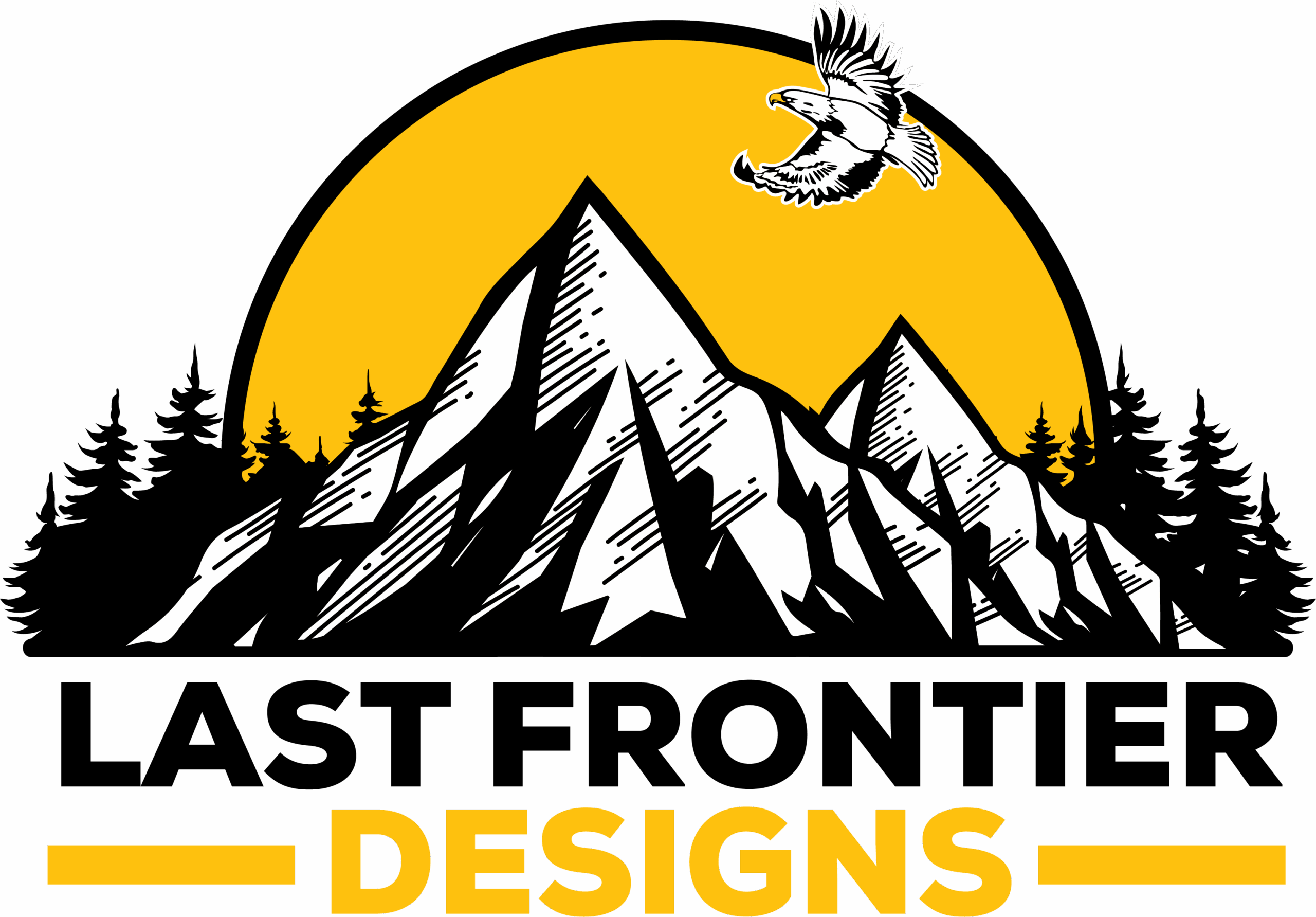Services
Logo Package Files
Everything you need to showcase your brand across digital and print platforms
What’s Included in Your Logo Package?
When you receive your final logo files, they are delivered in a zipped folder containing the following file types:
- .AI: Editable vector file for scalability and future edits.
- .EPS: Universal vector format for professional printing.
- .PDF: High-resolution format for versatile printing and sharing.
- .JPG: Compressed file for general digital use.
- .PNG: Transparent background for digital use on any background.
- .PSD: Layered file format for advanced editing in Photoshop.
- .GIF: For lightweight web graphics or simple animations.
- .TIF: High-quality raster format for large-scale printing.
Why These File Types Matter
Each file type is included to ensure you can use your logo across all platforms and mediums, whether it’s for a website, social media, business cards, or banners.
Why Provide Primary Fonts?
- Brand Consistency: Ensures the same typography is used across all platforms, from websites to print materials.
- Ease of Use: Clients can seamlessly integrate the fonts into future projects, such as marketing materials or social media graphics.
- Professionalism: Providing fonts shows attention to detail and gives clients the tools to maintain a cohesive brand identity.
Why Provide Primary Color Hex Codes?
- Accurate Color Reproduction: Hex codes ensure the exact colors are used across digital and print platforms.
- Ease of Access: To maintain a consistent look, clients can share the hex codes with designers, printers, or developers.
- Cohesive Branding: By using the same colors across all touchpoints, clients can build a recognizable and professional brand.
Ownership
Once the final payment is completed, you have full rights to your logo.
At Last Frontier Designs, we empower our clients by ensuring they own entirely their designs. This means you can use your logo freely across all platforms, including digital, print, merchandise, and more, without restrictions.
This policy reflects our commitment to transparency and giving you the tools to control and fully represent your brand. Feel free to reach out if you ever need assistance with your logo files!

AI (Adobe Illustrator)
- Best For: Editing and scalability.
- Details: The original vector file is ideal for making edits or resizing the logo without losing quality. Printers and designers often request it for professional projects.
PSD (Photoshop Document)
- Best For: Advanced editing in Photoshop.
- Details: A layered file format useful for clients or designers who may want to make future adjustments in Adobe Photoshop.
EPS (Encapsulated PostScript)
- Best For: Printing and professional use.
- Details: A universal vector format widely used for professional printing and design, ensuring scalability and compatibility.
PDF (Portable Document Format)
- Best For: Versatile sharing and printing.
- Details: A high-resolution file format suitable for both digital and print use. Easy to share with printers or clients.
JPG (Joint Photographic Experts Group)
- Best For: General digital use, such as websites, emails, and presentations.
- Details: This version is optimized for smaller file sizes, making it ideal for online use where high resolution isn’t necessary.
300DPI JPG
- Best For: High-quality printing.
- Details: This version has a higher resolution (300 dots per inch), which ensures crisp and clear printing for materials like business cards, flyers, and brochures.
PNG (Portable Network Graphics)
- Best For: Digital use with transparent backgrounds.
- Details: Ideal for websites, social media, and presentations. Maintains high image quality and allows logos to be placed on any background.
GIF (Graphics Interchange Format)
- Best For: Simple animations or low-resolution web graphics.
- Details: Used for logos with basic animations or for lightweight web graphics with limited colors.
TIF (Tagged Image File Format)
- Best For: High-quality printing.
- Details: A lossless raster format used for professional printing projects, ensuring no quality loss for large-scale materials like banners.
Primary Fonts
What They Are:
Primary fonts are the specific typefaces used in your logo and brand design. These fonts are part of your brand identity and help create a consistent visual style.
What to Do With Them:
- Use these fonts in your marketing materials, such as brochures, flyers, and business cards.
- Apply them to your website and social media graphics for brand consistency.
- Share the font files with any designers or printers you work with in the future.
Why They Matter:
Using the primary fonts ensures your brand looks cohesive and professional across all platforms, making it more recognizable to your audience.
Primary Color Hex Codes
What They Are:
Hex codes are six-character codes (e.g., #FF5733) representing the exact colors used in your logo and branding. These codes are essential for digital and print consistency.
What to Do With Them:
- Provide the hex codes to web developers to ensure your website matches your branding.
- Use them in design tools (like Canva, Photoshop, or Illustrator) to create graphics that align with your brand.
- Please share them with printers to ensure accurate color reproduction in printed materials.
Why They Matter:
The hex codes ensure your brand colors are always consistent, whether on a screen or in print. This consistency builds trust and recognition with your audience.
